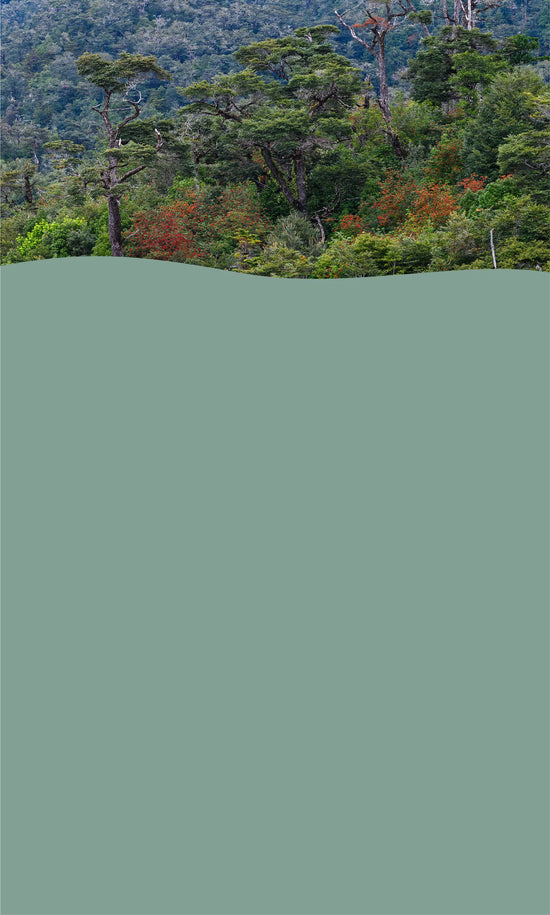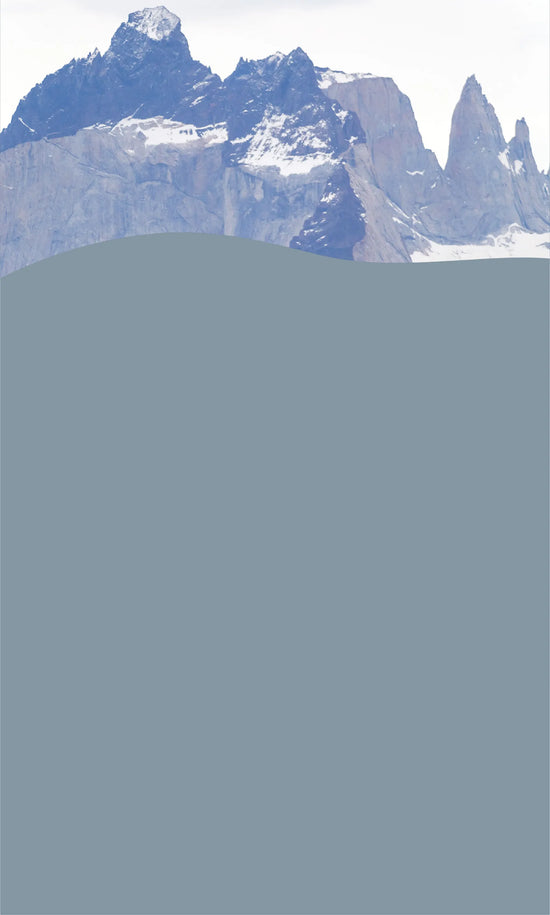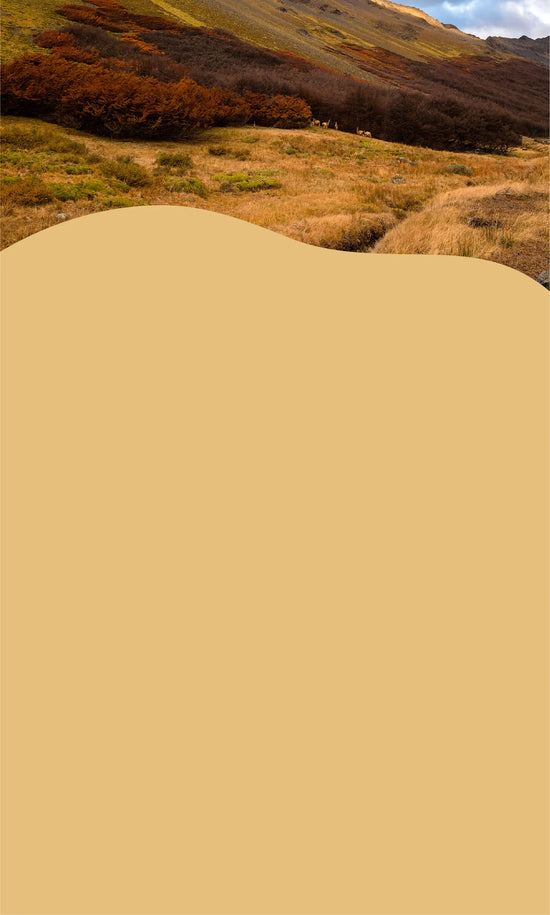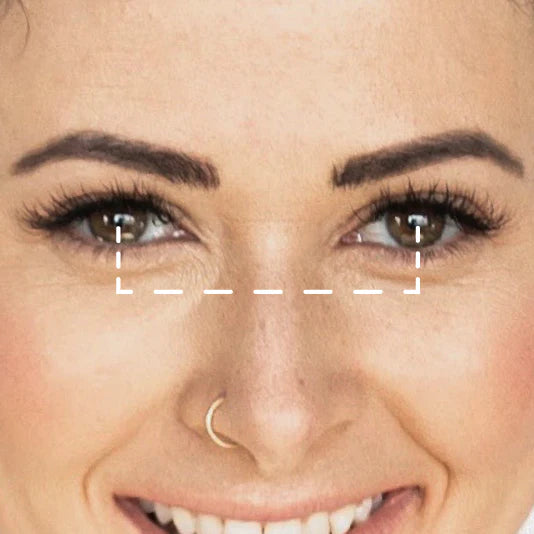What are the Sustainable Development Goals?
In 2015, the UN created the 2030 Agenda for Sustainable Development, a plan of action to shift the world onto a sustainable and resilient path. It provides a shared blueprint for peace and prosperity, for people and the planet. This plan includes 17 Sustainable Development Goals (SDG) that are at the core of the agenda as they will guide all global, regional and national efforts until 2030.
Here we list the 17 Goals:
- No poverty: End poverty in all its forms everywhere.
- Zero Hunger: End hunger, achieve food security and improved nutrition and promote sustainable agriculture.
- Good Health and well-being: Ensure healthy lives and promote well-being for all at all ages.
- Quality education: Ensure inclusive and equitable quality education and promote lifelong learning opportunities for all.
- Gender equality: Achieve gender equality and empower all women and girls.
- Clean water and sanitation: Ensure availability and sustainable management of water and sanitation for all.
- Affordable and clean energy: Ensure access to affordable, reliable, sustainable and modern energy for all.
- Decent work and economic growth: Promote sustained, inclusive and sustainable economic growth, full and productive employment and decent work for all.
- Industry, innovation, and Infrastructure: Build resilient infrastructure, promote inclusive and sustainable industrialization and foster innovation.
- Reduced inequalities: Reduce inequality within and among countries.
- Sustainable cities and communities: Make cities and human settlements inclusive, safe, resilient and sustainable.
- Responsible consumption and production: Ensure sustainable consumption and production patterns.
- Climate action: Take urgent action to combat climate change and its impacts*.
- Life below water: Conserve and sustainably use the oceans, seas and marine resources for sustainable development.
- Life on land: Protect, restore and promote sustainable use of terrestrial ecosystems, sustainably manage forests, combat desertification, and halt and reverse land degradation and halt biodiversity loss.
- Peace, justice and strong institutions: Promote peaceful and inclusive societies for sustainable development, provide access to justice for all and build effective, accountable and inclusive institutions at all levels.
- Partnerships for the goals: Strengthen the means of implementation and revitalize the global partnership for sustainable development.

From our perspective, It’s a big step to see that there is a common-sense from the international community about the importance of linking wildlife conservation with sustainable development. This integration has been at the heart of our work from the start. That is why from the very beginning our vision is “to live in a world that is in harmony with nature” and we’ve created our business model in a way that our success is directly related to the waste we are recovering, the lives we are helping to empower and the territory with its wildlife we are helping to protect.
How are we contributing to the SDGs more specifically?
It is in this context that we would like to share with our community how our work is tackling different goals in two ways: through our production process and through our commitment.
I. Through our production process
Our products and the way they are made aim to bring consciousness about the planet we are living; to bring people closer to nature is in our commitment (To love, protect and enjoy nature) and communicate the urgency of protecting it from the rising threats in this context of climate emergency.
1. Raw material


Most of our collections are made from discarded fishing nets from the coast of northern Patagonia Chile. By sourcing these materials, we are reducing marine pollution and helping to regenerate the ocean's biodiversity. In 2019 we will recover 20 tons of ocean plastic.
On the other hand, every day that we avoid using virgin plastic, with our recycled ocean plastic collections or wood collections, we are contributing to the reduction of virgin plastic production, this is an urgent matter when it comes to tackling the climate emergency.
Some facts: In 1950 the world produced 2 billion tons. Between 1950 and 2015 cumulative production reached 7.8 billion tons, more than one ton of plastic for every person alive today (Source: ourworldindata.org).
Oil is required to produce plastic, some estimates say that approximately 6% of all oil production is used to produce plastic. So the impact of plastic use is huge for the environment; it goes from every effect in creating it (wars from oil; extraction process emissions; impact from fracking; transportation to the plant, etc.) up to the long and dangerous life it has after throwing it (passing from garbage, to landfill, to the ocean, to animals, food, even ourselves).
2. Sourcing



The waste from the ocean is recovered by local rural recyclers. From these materials, they receive an additional income which they reinvest as seed capital to scale their own micro-businesses’ together with their families. This way, through Karün, waste is transformed into opportunities, helping to regenerate local economies, creating new jobs and helping local communities to promote their culture and products.
For example, Pedro collects ropes and fishing nets from the coast of northern Patagonia, he receives an income for that waste which he reinvests in Rosa, his wife, so they can together build a restaurant in one of the most pristine places with big tourism opportunities: Cochamó. To read more about his story, click here.
3. Recycling technology




The ocean plastic we recover is recycled through the Econyl ® regeneration system. This technology enables the nylon waste to be recycled right back to its original purity (just like virgin plastic) the beauty of this is that it has the potential to be recycled infinitely, without ever losing quality.
This way, we can close the loop so when the sunglasses meet the end of their life, we encourage our clients to return them in exchange for a discount, so we can recycle them again. Here lays the importance of effective communication and relationship with our clients, so eventually, this practice could go on and on, avoiding completely the generation of plastic waste.
4. Packaging



Everything in our products is made from natural, noble or recycled materials. One of our most important policies when it comes to our brand identity and product development is to always create with what nature has to offer or we as humans have discarded.
- Leather case: Made with recycled leather.
- Cotton bag 7 Seas collection: Made from organic cotton.
- 7 Seas Box: Made from recycled carton; uses no glue.
- Other collections Box: Made from recycled carton
- Booklet: Made from recycled paper
- The filling we use to send our packages is 100% corn-based. This means they are biodegradable and dissolve in water. They are also reusable and require less energy to produce them than other alternatives like styrofoam.
*See all of our certifications here
5. Enhancing local traditions and craftsmanship through our products



We are creating lines of products to enhance handmade crafts and rescue traditional trades. These are very special products that carry with them the scent of our origin and culture.
Origins collection: Handcrafted with local artisans at our Karün Lab. This project is still in process, and it aims to spread our essence to the world. Everything, from the box to the sunglass will be 100% handmade and rescue symbols, traditions and the rich culture that has inspired our work from the beginning.
Straps: 100% handmade by local artisans with traditional weaving techniques (click here to know more about the process and click here to buy a strap).
II. Through our commitment






Every Karün customer is contributing to the protection of the Valleys of Cochamó and Puelo river (Northern Patagonia) through a 4-year program with more than 600 rural entrepreneurs and their families, developed by our friends from Balloon Latam. This process aims to enhance social-territorial development and to strengthen the relationship of the community, so they become leaders in the protection of their culture, identity, and natural landscapes, for future generations.
Our social partner Balloon Latam states “We recognize the importance of the territorial dimension as the axis of the political-administrative organization of the State, the material base of economic activity and space where people access goods and services, exercising their political and social rights to develop their life projects. In Chile, territorial inequality is a reality we can’t avoid if we want to contribute to the 2030 Agenda”.
Our commitment with Balloon Latam tackles different goals, starting by number 17 due to the deep methodology they created, working through alliances and cooperative relationships with all public, private and civil actors from the territory to enhance the social capital of the area and create a new collective answer for sustainable development.
Cochamó’s population is 4.023 in 3.908 square km. This area is characterized by a high demographic and productive dispersion, but great natural richness.
The region of Cochamó contains 99% of native forests; it fosters more than 138 fauna species and they have found “huemules”, a type of deer from the Andes that is in danger of extinction. This is an area full of wildlife and pristine landscapes we feel the urgency to protect.
These are some of the efforts we are making through our company, culture, community, and partners towards helping our world get a little closer to real sustainable development.
We know we are small, and that sunglasses won’t change the world, but if from Chile -the end of the world- one company and its clients are working, and step by step succeeding in creating a value chain that helps to make our impact as humans less harmful, then this example could inspire other people to question their methods, decisions, and actions, and together we will start creating a world in harmony with nature and all its species.
If you have questions or suggestions you can write directly to europe@karunworld.com or contact us HERE.



